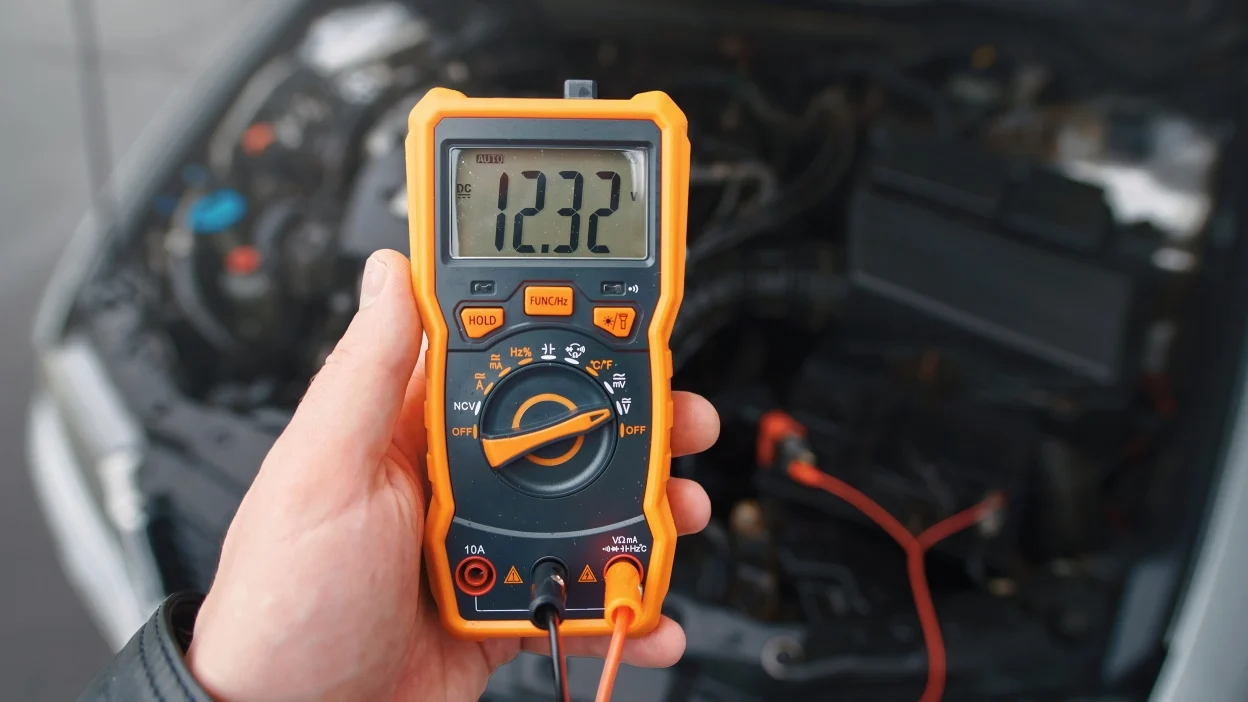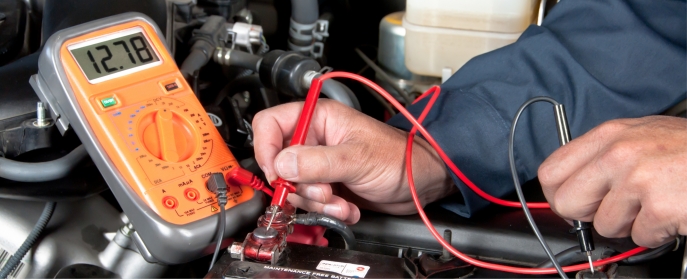Your car battery is the lifeline of your vehicle, powering everything from the engine to the electronics. Knowing how to perform a car battery test can save you from unexpected breakdowns and help you maintain your vehicle’s health. In this guide, we’ll walk you through the steps of testing your car battery effectively.
Table of Contents
Why You Should Know How to Perform a Car Battery Test
Car batteries don’t last forever. Extreme temperatures, heavy usage, and age can degrade their performance over time. By learning how to perform a car battery test, you can:
- Avoid inconvenient breakdowns.
- Ensure your vehicle starts reliably.
- Save money by addressing issues before they escalate.
Whether you’re a seasoned car owner or a beginner, testing your car battery is easier than you might think.
Tools Needed for a Car Battery Test
Before diving into how to perform a car battery test, gather the following tools:
- Multimeter: A device to measure voltage.
- Protective Gear: Gloves and safety glasses for protection.
- Battery Tester (optional): For more advanced diagnostics.
Step-by-Step Guide on How to Perform a Car Battery Test
1. Inspect the Battery
Before testing, visually inspect the battery for:
- Corrosion on terminals.
- Cracks or leaks.
- Loose connections.
A damaged battery may need replacement even before you proceed with testing.
2. Set Up Your Multimeter
To learn how to perform a car battery test using a multimeter:
- Turn the multimeter to the voltage setting (DCV).
- Attach the red lead to the positive terminal and the black lead to the negative terminal.
3. Measure the Voltage
Turn off your vehicle and connect the multimeter. A fully charged battery should read between 12.4 to 12.7 volts. If it’s below 12.2 volts, the battery may need recharging or replacement.
Advanced Tips for How to Perform a Car Battery Test
If you want a deeper understanding of your battery’s health, consider:
- Load Testing: Use a battery tester to check how the battery performs under a simulated load.
- Checking Cold Cranking Amps (CCA): Especially useful in colder climates to determine the battery’s ability to start the engine.
When to Test Your Car Battery
Knowing how to perform a car battery test is most helpful if you test:
- Seasonally: Before winter or summer, when extreme temperatures can affect battery performance.
- After Long Trips: To ensure the battery hasn’t overworked.
- When Experiencing Issues: If your car struggles to start or the lights dim, it’s time to test.
Common Mistakes When Performing a Car Battery Test
While learning how to perform a car battery test, avoid these common errors:
- Not cleaning the terminals before testing.
- Testing with the engine running (unless you’re checking alternator output).
- Ignoring safety precautions.

What to Do After Performing the Test
Once you’ve learned how to perform a car battery test, interpret the results:
- Healthy Battery: No action needed.
- Low Voltage: Recharge and retest.
- Consistently Poor Results: Replace the battery to avoid future issues.
Conclusion
Knowing how to perform a car battery test empowers you to stay ahead of potential car troubles. Regular testing ensures your vehicle remains reliable and saves you from costly repairs. Make battery testing a part of your routine maintenance, and enjoy peace of mind every time you hit the road.
By mastering how to perform a car battery test, you’re taking a crucial step toward responsible car ownership. Test your battery today, and drive with confidence!
Related Post:
If you’re looking for ways to keep your car battery in top condition, check out our guide on how to extend the life of a car battery.




Leave a Reply